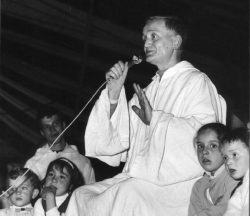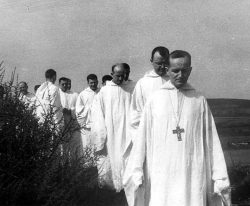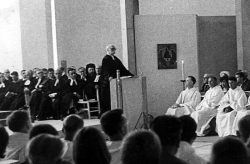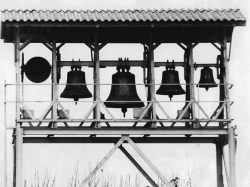The Taizé community
This Protestant community was founded by Pastor Roger Schutz in 1944. It became an ecumenical meeting place for young people from all over the world who seek both meaning for their lives and a commitment.
The origin
The birth of this monastic inspired community was the result of both place – a village in the Saône et Loire region called Taizé, close to Cluny – and time. – that is to say of both the war and the calling of an individual, the Swiss pastor Roger Schutz (1915-2005), who bought a house and settled there in 1946.
The ecumenical calling of the community was strong from the beginning. Since 1940, Pastor Schutz had regularly communicated with Abbott Paul Couturier (1881-1953), a priest in the diocese of Lyon. He was the first, and bold for his time, to encourage meetings between priests and pastors.
Soon these meetings, attended by Roger Schutz and Max Thurian, the second brother to join Taizé, took place either at Taizé or at the Abbaye des Dombes, in the Ain region.
At the same time the number of brothers in the community was growing fast. There were 7 at the beginning in 1950, 65 in 1965 – including 12 pastors -, 90 towards the end of the 20th century, and 120 in 2004.
Their geographical and denominational backgrounds have become very diverse. Indeed twenty nationalities and several beliefs, including Catholicism are represented.
How the community works
The need for a “rule” was soon felt, but was more a programme for life than a rule, in the strict sense of the word. It regulated the life of the community, its spiritual discipline, and set obligations, such as celibacy, all belongings in common, submission to one authority, (that of the prior, Brother Roger, until he died in 2005).
The rules were drafted in 1951, but have been steadily added to and updated since. As in any community, days are measured by times of worship, of meditation and of prayer. For the offices the brothers wear a white robe, a sort of alb.
The community at Taizé helped in setting up an agricultural partnership with land owners in the region, which ensures that tasks and benefits are shared.
In addition, the brothers are engaged in a wide range of activities – manual and intellectual – outside the community, which bring in further resources to cover the expenses of the community.
A priority : welcoming young people
The ecumenical side of the community has become more obvious since two Protestant brothers attended the Vatican II Council as observers, but also since a number of contacts were made with the Vatican and the Orthodox patriarchy in Istanbul as well as research carried out with a group in the Dombes.
The priority, however, remains welcoming young people, whose numbers have steadily grown. The great church of the Reconciliation built by young people from all corners of the earth to forget about the tragedies of war, was opened on 5 August, 1962 in the presence of the highest authorities of the Reformed, Anglican, Orthodox and Catholic churches.
Every summer, meetings are organised on previously announced themes. One of the most important was the Council of Young People that took place at Taizé from 30 August to 1 September, 1974 after 4 years in the planning. The themes to be reflected on were “the quest of an ideal”, “the necessary deprivation”, “human brotherhood”, “the implication for man victimised by man”. About 40,000 young people from 100 different nations took part in the council, and meetings have taken place every year in a different European city since 1975.
Taizé has adjusted to a multicultural youth seeking religious experience, and has set up a strictly organised system that works well. Prayers are said in several languages using simple words : listening, confiding, hoping. Hymns are repetitive. It strives to go back to basics, to communicate a message : that evangelisation is aimed at young people, but they can also take part in it.
At the same time the brothers also work with the most destitute. They opened “fraternities” composed of a few brothers in areas badly affected by human and spiritual distress, such as Brazil, Chile, Bangladesh, Senegal… L’Opération Espérance (Operation Hope), specifically to help the South American continent, was launched in a famous hotel in Paris on 15 May, 1963.
An international influence but...some questions
The fame of the Community quickly spread. Coming to Taizé for retreats, discussion, meeting people are not only young people, but believers of all faiths wanting to rejuvenate Christianity in their own communities.
However, Taizé questions Protestantism
The mere principle of religious communities had been rejected in the early days of the Reformation. Thus their creation caused some suspicion despite the existence of the Community of the Deaconesses of Reuilly, that of the sisters in Pomeyrol and that of the women in Grandchamp in Switzerland, founded in 1936, which adopted the Rule of Taizé in 1963.
The Taizé Community is not judicially linked to any ecclesiastical organisation or to the Ecumenical Council. One of the first brothers who joined the community was of protestant origin, but was later on ordained as a priest. There are frequent and official contacts with the Vatican. Protestant pastors who are members of the community are not allowed to celebrate the Eucharist during worship, only a priest can do that, but Communion is open to everyone and in both kinds, which causes some confusion during services.
But Taizé also has answers : it has a privileged place to reconcile Christians of various backgrounds, to bring others to faith in Christ, to witness to the universal Church. As M. Sweeting said, “In this community one can see the answer to current tragedies in the church and in the world”.
Bibliography
- Books
- GRENIER Jean-Claude, Taizé, une aventure ambiguë, Édtions du Cerf, Paris, 1975
- MAGNIFICAT Maurice, Taizé : son expérience et ses images, Université Jean Moulin Lyon III, Lyon, 1976
- PAUPERT Jean-Marie, Taizé et l’Église de demain, Le signe / Fayard, Paris, 1967
Associated tours
-
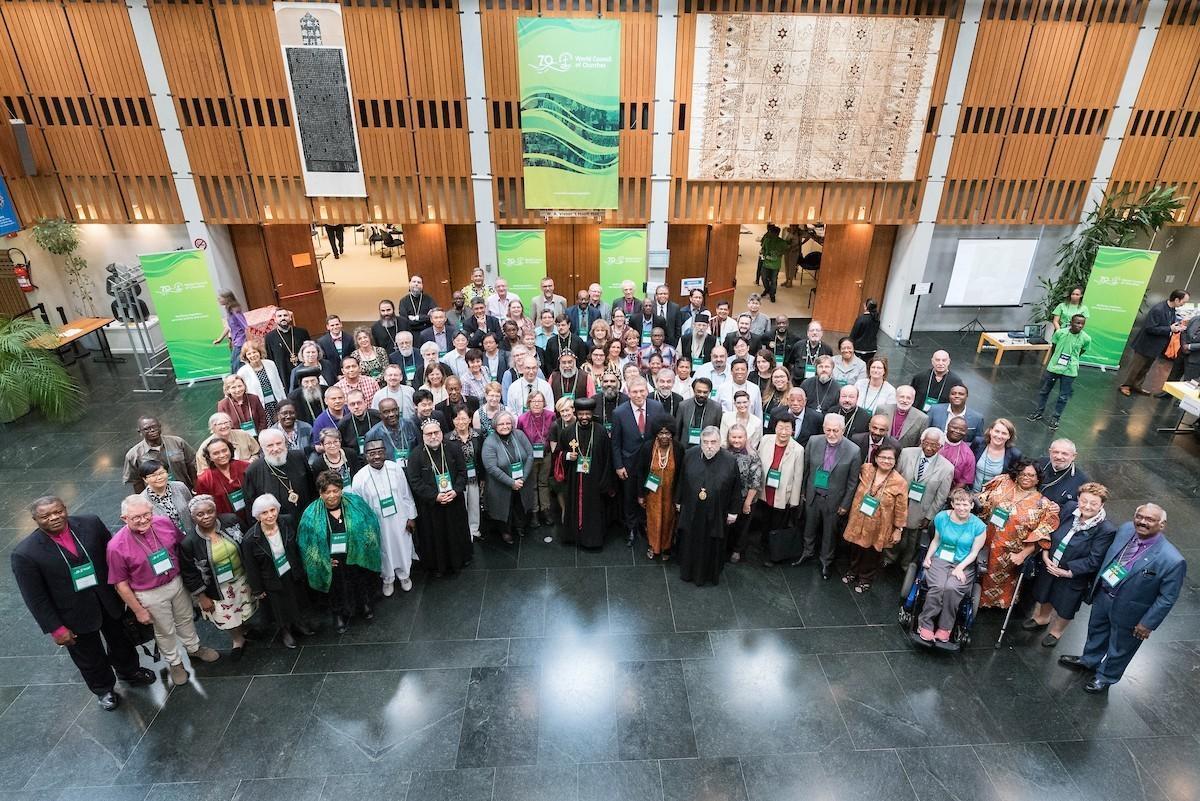
Ecumenical progress
Ecumenism manifests itself at various levels and in different ways (meetings, agreements, joint actions) and involves partners of various Christian faiths, often on a bilateral basis. The present notice recalls...
Associated notes
-
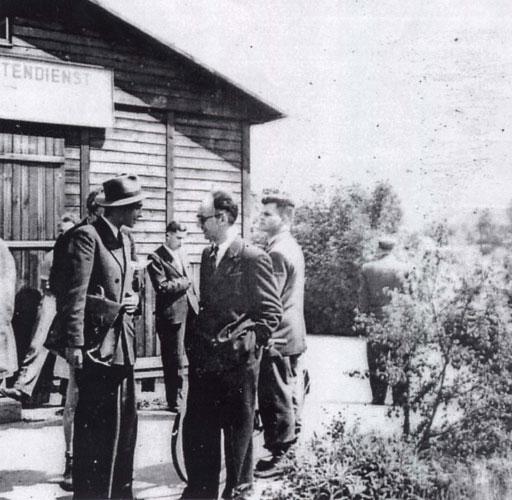
The Cimade
The association was founded in 1939 to help displaced people and still continues to aid refugees from all over the world and to defend their rights. -
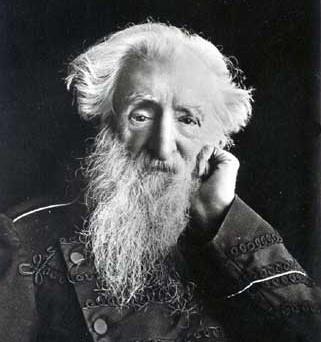
The Salvation Army
The Salvation Army, which was born and created in England, settled in France in 1881. Its aims were to evangelize and to provide the lower classes with social help. -
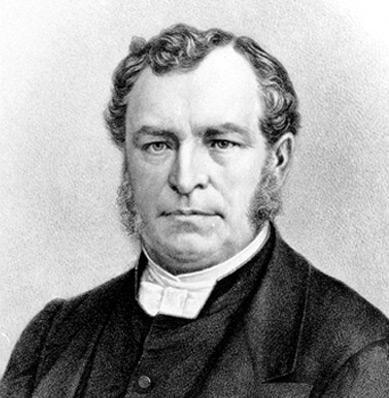
Charity organisations
Many Protestant service organisations were created in the nineteenth century, and this for a variety of reasons. First and foremost, a very active compassion of all who were rejected by... -

The Order of Saint John
The order of Saint John of Jerusalem, founded at the end of the 11th century, split after the Reformation into a Catholic branch, the Sovereign order of Malta, and a...

